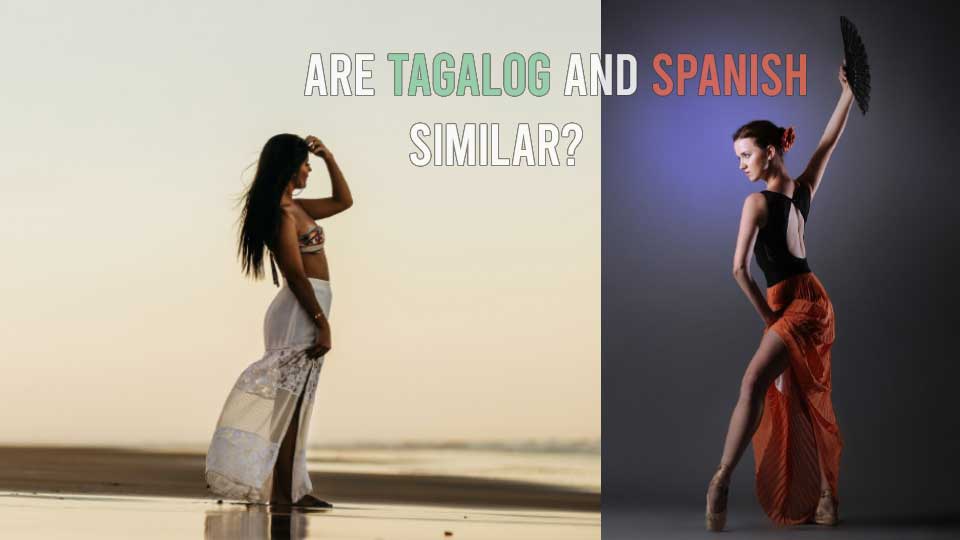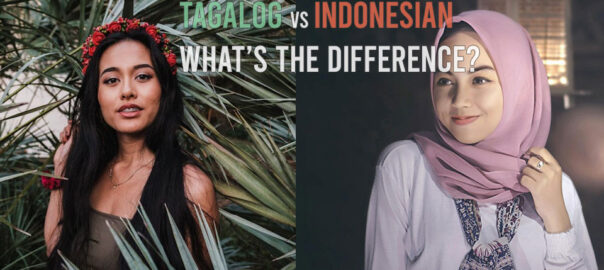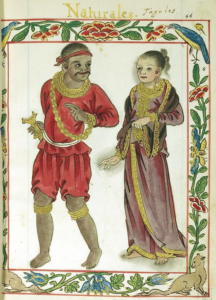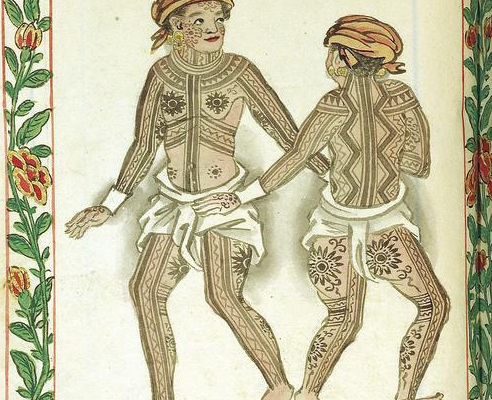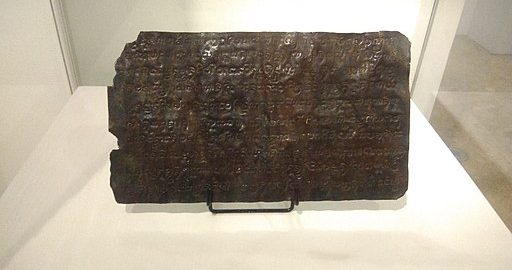Tagalog (Filipino) and Indonesian (Bahasa Indones) seem so alike. What’s the difference between Tagalog vs. Indonesian?
One might even think they’re almost the same. After all, aren’t the Philippines and Indonesia so similar? Both are South East Asian countries. Both are Austronesian languages (read: Where did Tagalog Come From?).
Well, don’t let the outward similarities fool you. While both languages are closely related, they’ve got some fundamental differences.
Tagalog has Very Unique Sounds
Tagalog has some unique sounds like “ng” (think “sing”) and the glottal stop (like the pause in “uh-oh”). These sounds a very, very common in Tagalog.
Meanwhile, in this aspect, Indonesian is simpler with fewer sounds or phonemes. This is likely because Bahasa Indones or Indonesian was historically much more widely used as a lingua franca, as compared as Tagalog. Thus, Tagalog was better to keep its unique sounds and for Indonesian only essential phonemes were retained.
Example: “ngiti” (smile) in Tagalog versus “senyum” in Indonesian. Oh, and by the way, “senyum” means “smile” in Indonesian!
What does Tagalog sound like? We wrote all about that. (Read: What does Tagalog sound like?)
Difference in Grammar for Verbs and Tenses
In Tagalog, a base verb will change in meaning depending on its prefixes and suffixes. This drives Tagalog learners crazy. (Read: What Drives Tagalog Learners Crazy) Meanwhile, Indonesian uses extra words to denote changes in the verb. In fact, Indonesian is know to be a language that is relatively ease to learn.
Tagalog Verbs, Tenses and Affixes
Tagalog verbs change form through affixes (prefixes, infixes, and suffixes) for various tenses, aspects and roles.
Example:
Base verb: “luto” (to cook)
– Past tense: “nagluto” (cooked)
– Future tense: “magluluto” (will cook)
– Actor focus: “magluluto si Maria” (Maria will cook)
– Patient focus: “iluluto ni Maria” (Maria will cook [something])
Indonesian Verbs, Tenses and Auxiliary Words
Meanwhile, Indonesian uses auxiliary words for aspects, tenses, and roles instead of affixes. Some linguists might even say Indonesian “has no tenses”.
Example:
Base verb: “masak” (to cook)
Past tense: “sudah masak” (cooked)
Future tense: “akan masak” (will cook)
Actor focus: “Maria akan masak” (Maria will cook)
Patient focus: “Maria akan memasak makanan” (Maria will cook [something])
If you wanna dive deeper into Tagalog grammar, how about checking up this article on Tagalog pronouns? How about Tagalog adjectives? ( Read up on Tagalog pronouns and Tagalog adjectives)
Different Words Origins of their Vocabulary
Both Tagalog and Indonesian borrow words from other languages, like Chinese, Arabic, and Sanskrit.
Example: “kawan” (friend) in Indonesian compared to “kaibigan” (friend) in Tagalog, both from Sanskrit.
However, if one thing that distinguishes Tagalog from Indonesian, is that Tagalog has a lot of Spanish words. I mean a LOT of Spanish words.
Difference in How they Express Politeness
Tagalog speakers often use polite words and expressions.
– Example: “Paumanhin po.” (Excuse me, formal) versus “Pasensya na.” (Sorry, informal) in Tagalog.
In Indonesian, people might speak indirectly, especially to show respect.
– Example: “Permisi, Bapak/Ibu.” (Excuse me, Sir/Madam.) in formal Indonesian.
People speak differently in different situations.
Example: “Magandang umaga po.” (Good morning, formal) versus “Kamusta ka?” (How are you?, informal) in Tagalog.
– Indonesian also has formal and informal ways of speaking, influenced by local languages.
– Example: Javanese influence in Indonesian with phrases like “Matur nuwun.” (Thank you, Javanese).
Difficulty in Learning the Language
Yes, the rumors are true. Indonesian is one of the easy language to learn. Says who? Only the US State Department. Indonesian is one of the easiest non-English type languages, a Category II language. Meanwhile, Tagalog is a Category III language. I’d even say it would be better to classify Tagalog as a Category IV language.
That’s why here at Talk Tagalog we break up learning into six levels that correspond to the six CEFR learning levels.
Let’s wrap it up
So, what’s the difference between Tagalog and Indonesian? True, both being Tagalog and Indonesian are Southeast Asian languages. Both are the Philippines and Indonesian are sprawling tropical archipelagos. Their people are related and even look similar. But when it comes to languages, while they are related as Austronesian languages, they still have quite strong differences.
This is quite difference from the differences between Spanish and Tagalog where the on the surface they are quite similar, but their roots are quite difference. With indonesian it’s somewhat the opposite. They have a common Austronesian root, but there are strong differences on the surface.
